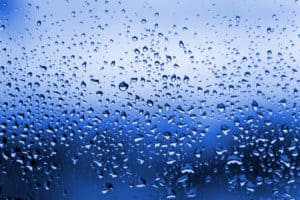 Reverse osmosis and EDI water technologies are complimentary, but different. The differences are in the method to eliminate impurities and the capability of deionization. Read on to find out more about how these systems work and how they differ from each other.
Reverse osmosis and EDI water technologies are complimentary, but different. The differences are in the method to eliminate impurities and the capability of deionization. Read on to find out more about how these systems work and how they differ from each other.
What Is a Reverse Osmosis Water System?
This is a system that eliminates contaminants from feed water using pressure and across a RO membrane. In the RO water system, water moves from the concentrated side of the membrane to the less concentrated side that has fewer contaminants. The freshwater that is obtained from this system is known as permeate. On the other hand, the concentrated water with the high concentration of contaminants that is left over is referred to as waste or brine. A reverse osmosis water treatment system can reject 99.9% of bacteria in the water.
How Does a Reverse Osmosis System Work?
A reverse osmosis system makes use of a semipermeable membrane that has small pores. These pores block contaminants while allowing water to pass through. This means the water which passes through becomes cleaner. Pressure is the driving force of reverse osmosis.
The primary purpose of RO is bulk deionization. RO will typically remove approximately 99% of ions, but is limited in the product quality it can make. Typically RO produces less than 10 microsiemen/cm conductivity (less than 6 parts per million of dissolved solids).
What Is an EDI Water System?
This is an electrically driven treatment technology that makes use of ion-exchange membranes and a specialized resin to eliminate ionized particles from the water. EDI is used as a polishing technology to make ultrapure water that RO alone can not meet. Typically EDI produces less than 0.065 microsiemen/cm conductivity (less than 2 parts per billion of dissolved solids). EDI product water can sometimes approach theoretical purity of water 18.28 MegOhm-cm.
How Does EDI Work?
An EDI water treatment system features a number of chambers loaded with mixed bed ion exchange resins. Each chamber is separated from the other by an ion-exchange membrane. When water enters the system, an electrical field is applied at right angles to the flow. This forces the ions to move through the resins and cross the membranes. They are then directed to a drain or recycled. When water passes out of the system, it can either be used directly, or it can be treated further for enhanced water purity.
When it comes to your water, consult with Agape Water Solutions to learn which system works best for you.
